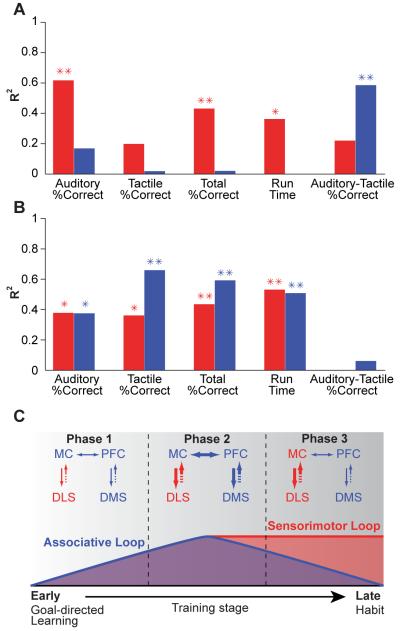Figure 8. Ensemble activity patterns of dorsolateral and dorsomedial striatal TRNs are correlated with different performance measures.
(A) R2 values for correlations between entropy of ensemble activity and behavioral parameters (as labeled), shown in red for dorsolateral TRN ensembles and in blue for dorsomedial TRN ensembles. *: p < 0.05, **: p < 0.01. (B) R2 values for correlations between NTRN entropy and behavioral performance measures (conventions as in A). (C) Schematic model illustrating hypothesized dorsomedial and dorsolateral cortico-basal ganglia loop interactions across different phases of learning. Activity in both striatal regions and their corresponding loops becomes structured simultaneously during Phase 1. In Phase 3, the reduction in structured dorsomedial striatal activity permits sensorimotor circuits to drive execution of habitual behavior. Broken arrows indicate multisynaptic connections from striatum to neocortex through pallidum and thalamus. MC: motor cortex; PFC: prefrontal cortex; DLS: dorsolateral striatum; DMS: dorsomedial striatum. See also Figure S7 and Tables S1 and S2.

